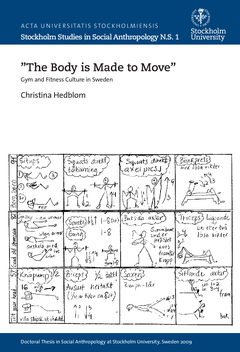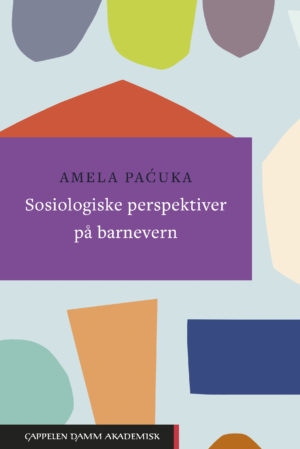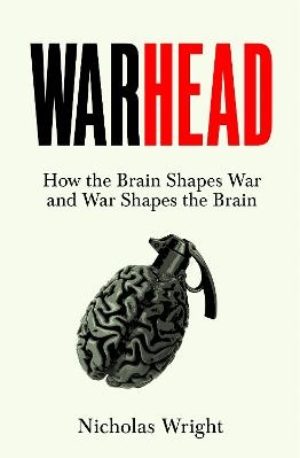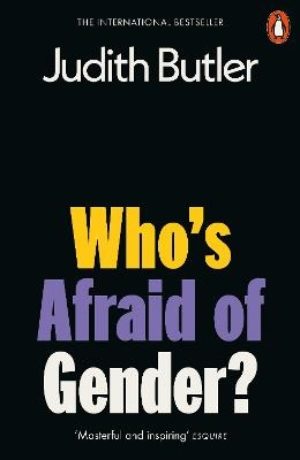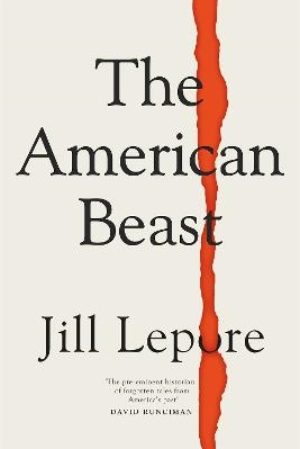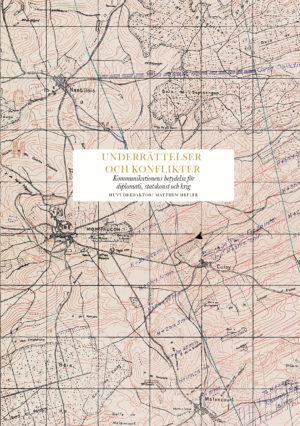Ideas about "exercise" and "health" have varied over time and across cultures. With the recent Euro-American fitness trend, a growing number of Swedes now take part in some kind of physical activity at Gyms or Fitness Centers. By applying a phenomenological and constructivist approach, the aim of this ethnographic study is to examine the non-profit but also commercial culture of and around this form of exercise. The focus is on how meaning is created, transformed, embodied, and perceived by gym goers as truth, science, knowledge, or even myth. There are two central overlapping concerns in this thesis, both dealing with the interrelation between categories, and status positions. The first part of the thesis deals with the social aspects of movement, such as the definition and categorization of self and others as different types of gym-goers. Related to this are also what is termed critical norms of interpretation of aims and reasons for exercise, such as gaining strength or aesthetic improvement. The other central concern is more specifically focused on the body itself and deals with ideas about exercise, diet, substances, and physiology, that is, how to exercise and how the body works. "The body is made to move", was a common saying at Gyms and Centers, meaning that the human body is physically built to be active. But the techniques and practices of how this movement is performed vary and are sometimes even contradictory. Here sources in the distribution of ideas about the body and body movement are brought out: the Internet, informal and formal instructors in the Gym, as well as gym machines. The method has been participant observation and in-depth interviews with gym goers and instructors at Gyms and Fitness in Centers in two middle size towns in Sweden mainly during a year in 2004-2005. Rather than taking sides in the debate on how to exercise, this thesis raises wider questions about the authoriry to define reality.
